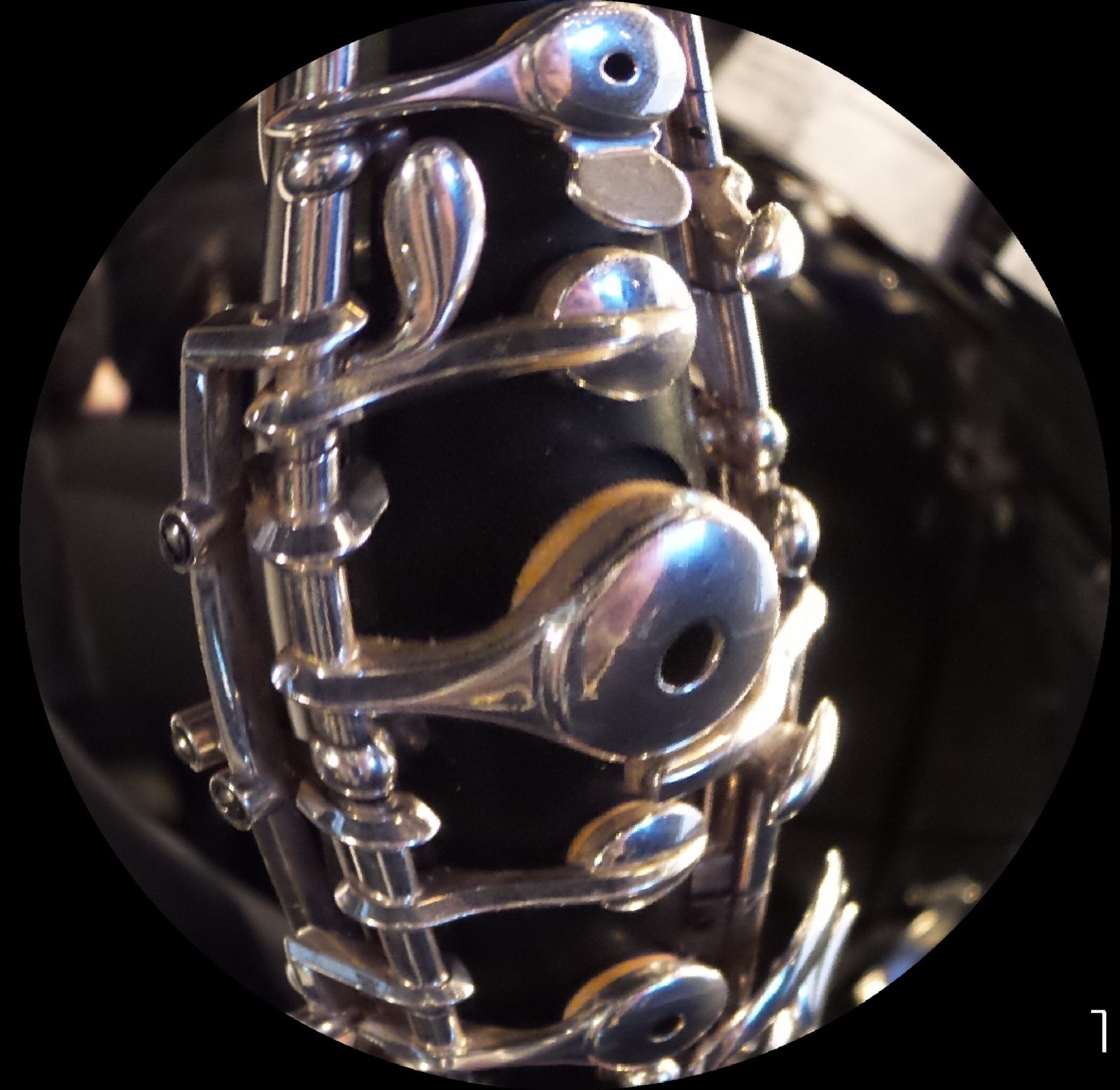This summer I spent a couple of weeks in the Southern United States. The muggy, Tennessee Williams South. Within just a couple of days my music had completely changed. Not the way I played music, but the actual music paper I was playing from! In the Nevada desert, paper has a brittle and stiff quality, which lends itself to paper cuts on my fingers (I have two right now). In Louisiana, the paper has a fluid, relaxed feeling that’s easier on the fingers. It’s a reminder to me of the special needs of any oboe players who live in extreme climates. An arid desert environment makes paper brittle and challenges your reed making skills, but it also has implications for the instrument itself.
Yes, wooden instruments seem to crack more often in the desert, particularly during the transition from the hot, summer months to the slightly cooler winter. For me, though, an even greater problem is bore shrinkage. I’ve lived in the Las Vegas Mojave Desert for over thirty years now. For the first several years I owned some beautiful wooden instruments that invariably would–after just a couple of years–start having intonation problems. It turned out that because of the extreme dry conditions (I’ve measured the humidity level in our Performing Arts Center at less than 5%…), the wood was shrinking. Wood shrinkage meant that keys would start binding, which required trips to the repair person, but it also wreaked havoc on the oboe’s intonation and stability.
An oboe can be re-reamed in order to restore the bore to its original dimensions. This restoration should only be done by the instrument’s manufacturer, however, so I would ship my oboes to Paris. Once the work was done, the oboes were shipped backed to me in Las Vegas. They always played beautifully in tune again! But this is a burdensome and unsettling situation. So I began looking for a way out.
After much searching, I found an answer that’s working great for me. I bought a Greenline “Prestige” oboe from Buffet-Crampon. In case you aren’t familiar with Buffet’s very successful Greenline series of oboes and clarinets, they are made from a specially patented composite wood (“Dalbergia Melanoxylon Composite”), which is about 95% normal granadilla wood mixed with about 5% of a special resin. This combination of materials means that these instruments feel and sound like wooden instruments, but have certain good qualities associated with plastic instruments: they don’t react to temperature variations. You can just pick them up and play indoors or outdoors, in almost any environment, hot or cold (I do avoid playing in the rain—not good for the pads!) They don’t get sharper when the weather’s warm, or flatter when cold. And best of all, they won’t crack.
I think my Prestige oboe is absolutely in the same league as the best oboes I’ve ever tried. I’ve been excited that over the years since I purchased this oboe, the keys haven’t started binding, and the intonation has stayed solid. So I don’t think there’s been any bore shrinkage either. But I wanted to test this. When I bought a second Buffet greenline oboe, this time one of the “Orfeo” models, I asked Zach, my repairperson, to carefully measure the bore. Exactly one year later, I went back to him and Zach measured the bore again—there was no change!
I not only love the way these instruments play, but I love that I can just pick one up and play it anywhere–the pitch is always stable, it won’t crack, and it doesn’t have to be broken in. That’s a tremendous advantage here in Las Vegas where I’ve played outdoor concerts when it’s over 100 degrees, and I’ve played in Casino Showrooms where the temperature felt Arctic. The Greenline manufacturing process is significantly more eco-friendly than other brands, as well, if you’re interested in sustainability issues. But I’m writing this blog not just to brag about Buffet’s accomplishments.
What I’m excited about is that many other oboe manufacturers are now creating instruments with similar qualities. I advocate that oboe players should keep themselves healthy, and I also think the oboe itself should be healthy! High quality plastic oboes, and oboes with plastic top joints have been around a while. But here are some innovative new options, definitely worth learning more about. These are first-class instruments that don’t necessarily look like Marcel Tabuteau’s instruments, and that’s ok! Don’t trust me though. Try them out for yourself!
Yamaha Duet oboes are wooden but lined in a way that severely limits cracking. I’ve tried some that played quite nicely and had very solid intonation:
https://usa.yamaha.com/products/musical_instruments/winds/oboes/yob-841l/index.html
The “altuglass, crystal clear composite” oboe by Marigaux makes people look twice. You might not think it would play well, but think again. I’ve tried some that played magnificently.
Howarth’s is marketing some snazzy, jazzy looking oboes. The top joint comes in different colors and is made with a synthetic material that has a dark sound with an easy response.
https://howarthoflondon.wordpress.com/2017/07/22/synthetic-howarth-oboes/
And here are the three wonderful instruments made by Buffet, with their patented Greenline material: the Prestige, Orfeo and Virtuose. Looking for a holiday gift?
http://www.buffet-crampon.com/en/instruments/oboes/prestige-3613/
http://www.buffet-crampon.com/en/instruments/oboes/virtuose/
http://www.buffet-crampon.com/en/instruments/oboes/orfeo/
